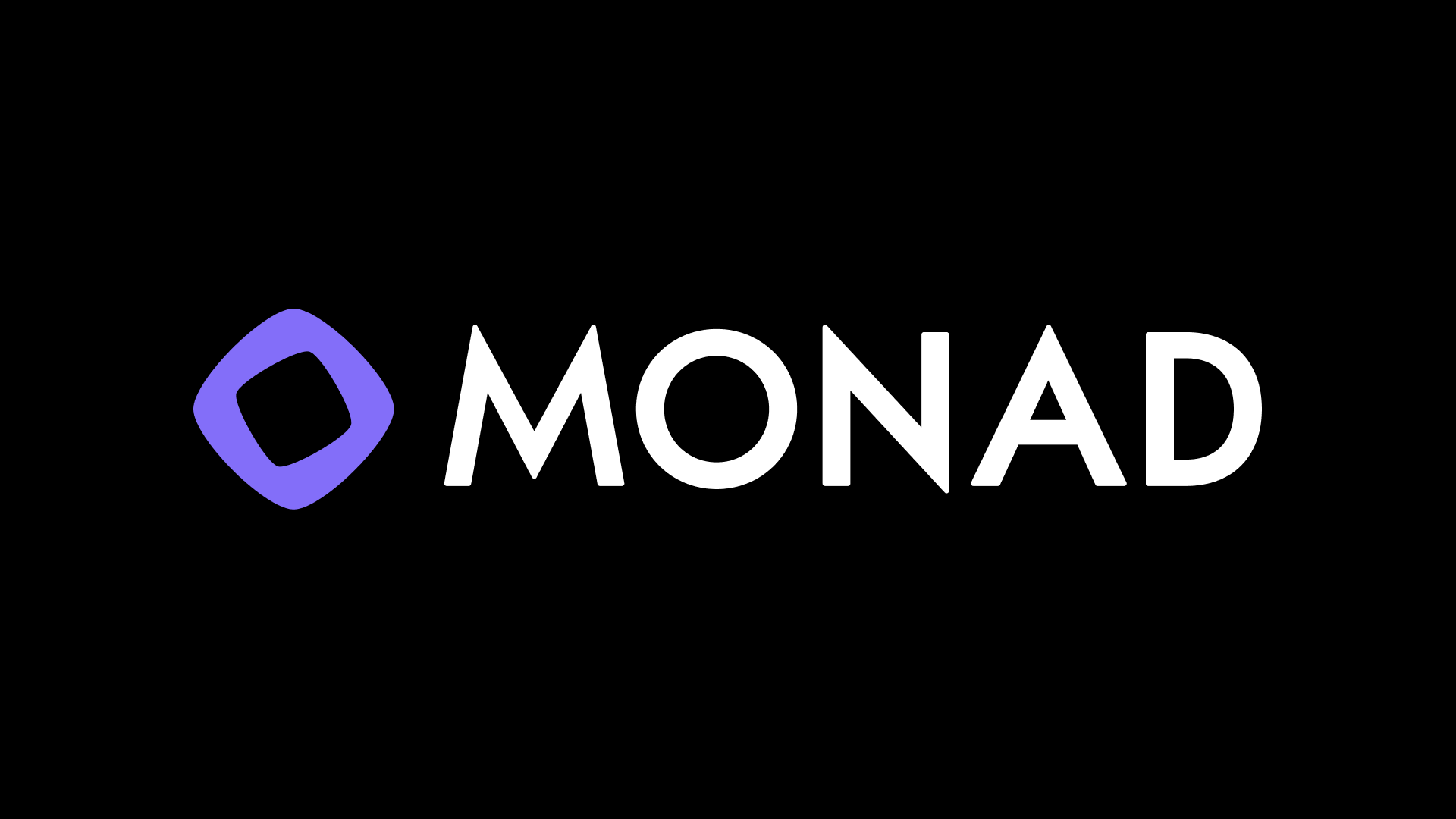Dill - The Most Scalable Data Availability Network
Posted on August 22, 2024 by Admin

Dill is a high-scalable and highly secure next-generation DA (Data Availability) network
Dill aligns with the Full Danksharding technical solution in Ethereum’s future roadmap, adopting core technologies such as subnet sharding, 2D EC (Erasure Coding), KZG (Kate-Zaverucha-Goldberg), and DAS (Data Availability Sampling). It provides scalability that is 10 to 100 times greater than other current DA networks.
Dill is a permessionless and decentralized PoS (Proof of Stake) network that supports millions of validators. It enables BTC staking and restaking for participation in the PoS network consensus, further enhancing the network’s security.

Dill adopts the same 2D EC (Erasure Coding) scheme as Full Danksharding and utilizes 64 subnets. It supports a maximum of 512 blobs, providing a scalability of 5MB/s.
In addition to the 2D EC scheme, Dill incorporates other technologies such as KZG (Kate-Zaverucha-Goldberg) polynomial commitments, lightweight node DAS (Data Availability Sampling), and DHT (Distributed Hash Table) network.
Full Danksharding, also known as 2D PeerDAS, is the ultimate solution for Ethereum’s DA (Data Availability) and addresses the “1-N” problem in Ethereum’s layer2-centric scaling roadmap.Full Danksharding adopts the 2D EC (Erasure Coding) scheme and supports a maximum of 256 blobs, providing Ethereum with a scalability of 1.3MB/s. To accommodate the expansion of blobs, Full Danksharding divides the Ethereum network into 32 subnets and further divides the blobs into 128 columns. Each subnet synchronizes only 4 columns of data, reducing the propagation time for blob networks.

Before implementing Full Danksharding, Ethereum plans to first implement 1D PeerDAS. The major difference between 1D PeerDAS and Full Danksharding is that 1D PeerDAS adopts 1D EC (Erasure Coding). Ethereum aims to achieve the 1D PeerDAS network with 32 to 128 blobs in three stages.

Leads the Upgrade to Full Danksharding
- Subnet sharding: 128 subnets & 1024 blobs with 128 columns
- KZG: More securitv than fraud proofs
- 2D DAS: sampled data is less than 1/100 compared to 1D DAS
- DHT: more robust without relying on DAS providers

References:
Top post

Blockcast: Accelerating the Internet, Connecting the World
What is Blockcast? Blockcast is a next-generation Content Delivery Network (CDN) that uses multicast technology to address bandwidth challenges in the era of booming streaming. Born at UC Berkeley, the project aims to build a decentralized network that leverages community power to deliver high-quality content like 4K and 8K globally while slashing costs for providers. With the slogan "Content Delivery, Powered By You!", Blockcast is not just a technology but an ecosystem where anyone can parti
June 2, 2025

Analysis of Nockchain: A ZK-Proof-of-Work Blockchain
Introduction to Nockchain In the fast-evolving world of blockchain, Nockchain emerges as a unique project aiming to revolutionize decentralized computing. Founded in 2023 in Berlin, Germany, Nockchain is a high-throughput blockchain leveraging a Zero-Knowledge Virtual Machine (ZKVM) and a novel ZK-Proof-of-Work (ZKPoW) consensus mechanism. With its native token, $NOCK, and a promise of a fair launch, Nockchain has sparked interest in the Web3 community. However, controversies at its mainnet lau
May 29, 2025

Monad: The Future of Layer 1 Blockchain with Unparalleled Performance
As the blockchain industry continues to evolve, Monad emerges as a promising Layer 1 (L1) blockchain, delivering exceptional performance and scalability. Aiming for 10,000 transactions per second (TPS), a block time of just 0.5 seconds, and full compatibility with the Ethereum Virtual Machine (EVM), Monad is capturing the attention of developers and users alike. Let’s dive into the details of this groundbreaking project and discover how you can get involved today! What is Monad? Monad is a La
May 12, 2025

Drosera Network: Revolutionizing DeFi Security and How to Run a Node
Decentralized Finance (DeFi) has transformed the financial landscape, but with great innovation comes great risk. Since 2014, DeFi protocols have lost nearly $80 billion to exploits, highlighting the urgent need for robust security solutions. Enter Drosera Network, a decentralized security protocol built on Ethereum that aims to safeguard DeFi ecosystems through automated threat detection and response. In this article, we’ll dive deep into what Drosera Network is, why it matters, and provide a s
April 20, 2025

Gensyn: Revolutionizing AI Compute and Guide to Running a Node
Introduction to the Gensyn Project Gensyn is a decentralized Machine Learning Compute Protocol designed to connect global computing resources into a supercluster tailored for artificial intelligence (AI). Developed by a UK-based team, Gensyn aims to reduce the costs of training AI models, increase accessibility for researchers, engineers, and academics, and ensure transparency and censorship resistance through blockchain technology. Goals and Vision * Cost Reduction: Gensyn claims it can cu
April 14, 2025

Pipe Network: The Future of Decentralized CDN and Opportunities from the Node DevNet 2 Program
In the digital era, where the speed of content delivery is a critical factor, content delivery networks (CDNs) have become indispensable in ensuring a seamless user experience. However, giants like Cloudflare and Akamai, while powerful, remain constrained by their traditional centralized models. Enter Pipe Network—a decentralized CDN built on the Solana blockchain—emerging as a fresh contender promising to revolutionize how we approach content distribution. Notably, its current Node DevNet 2 pro
March 18, 2025